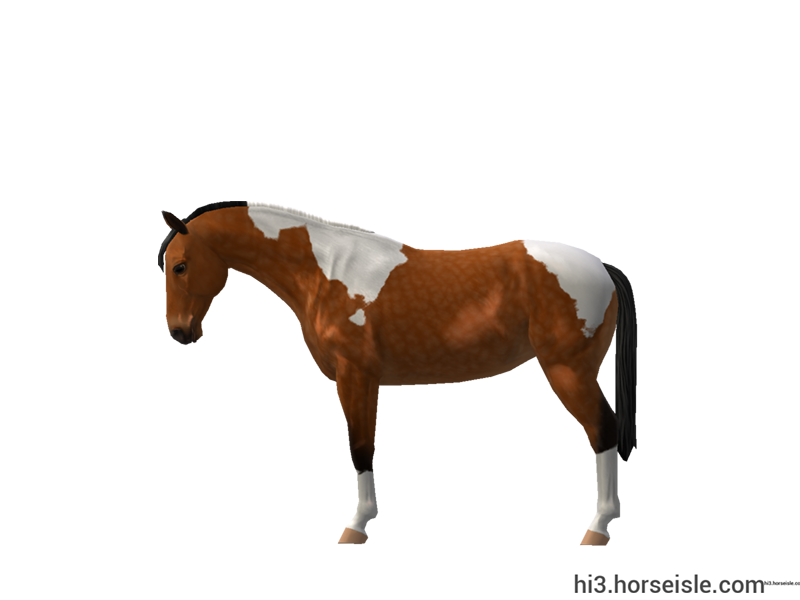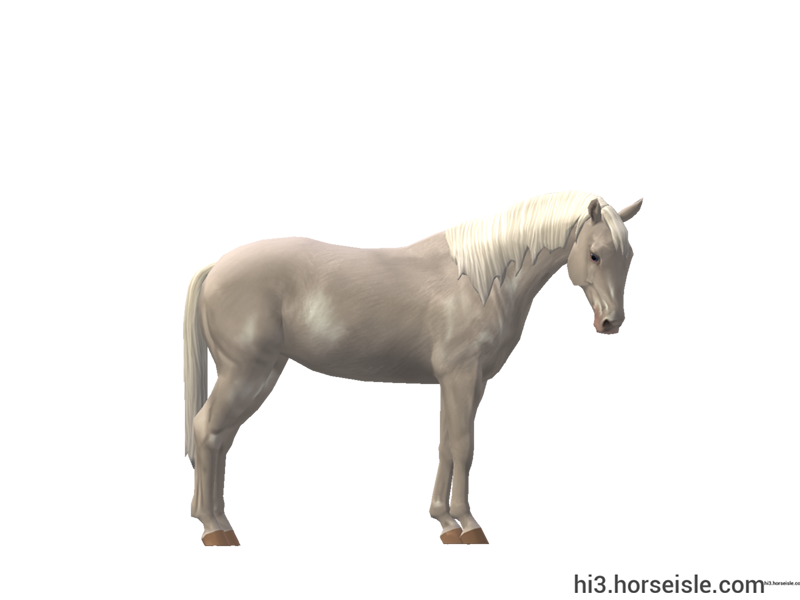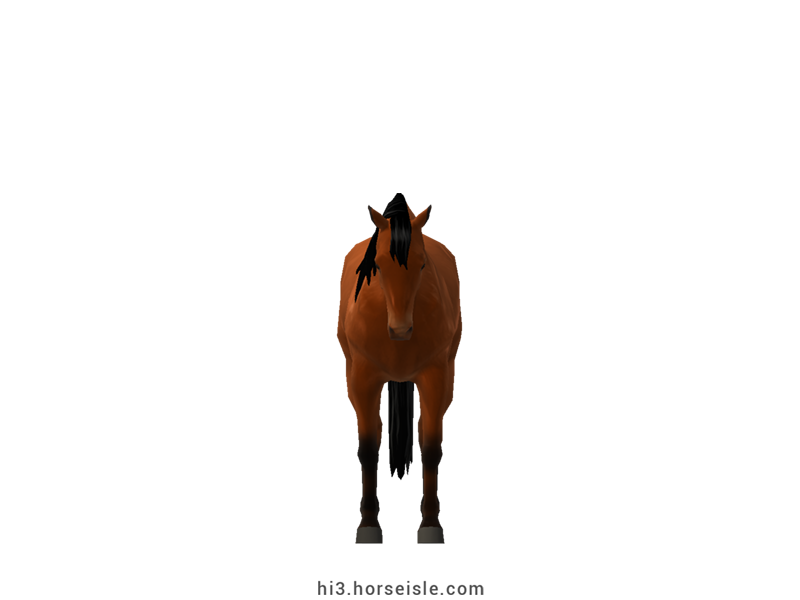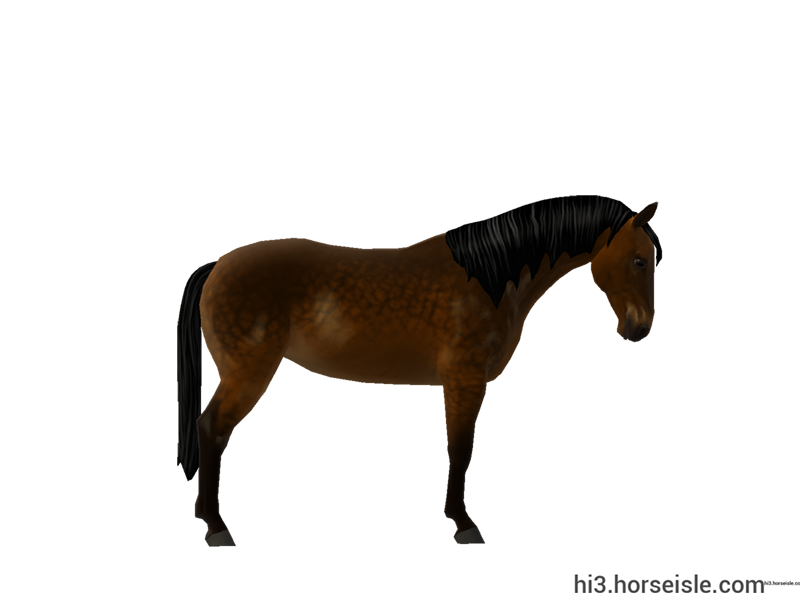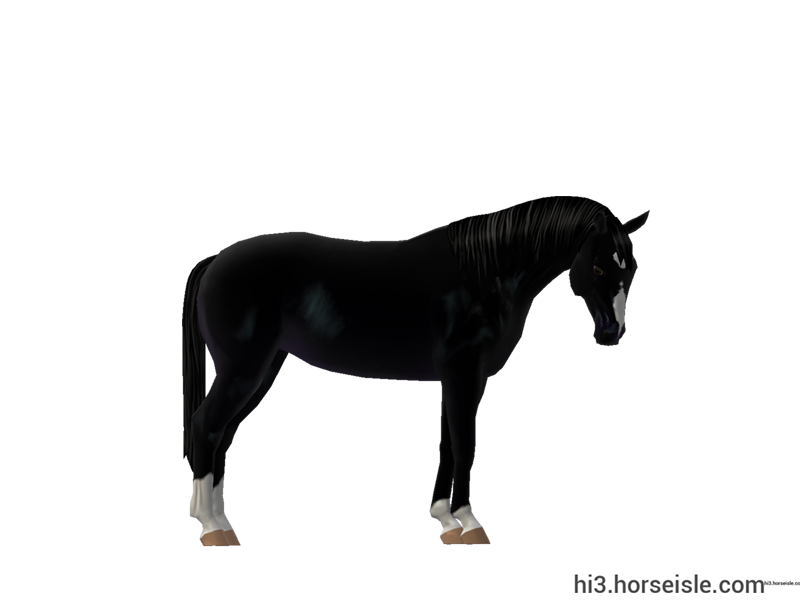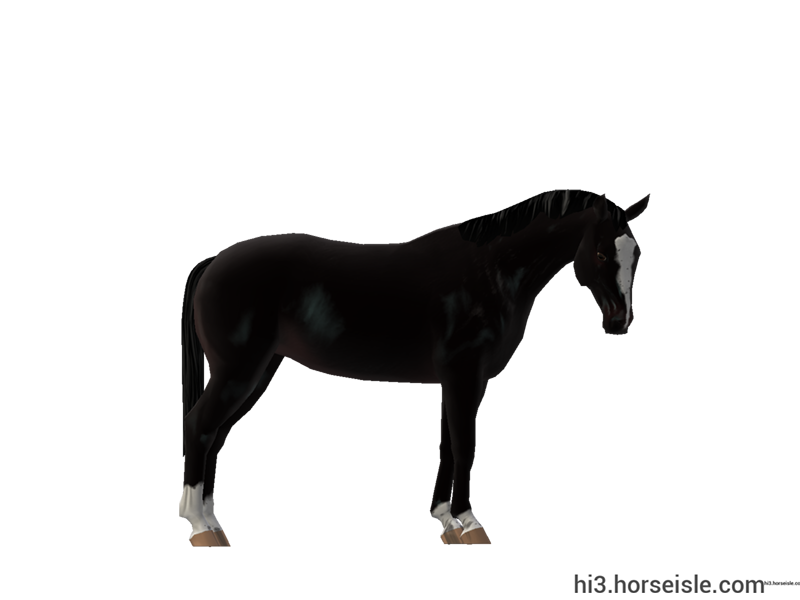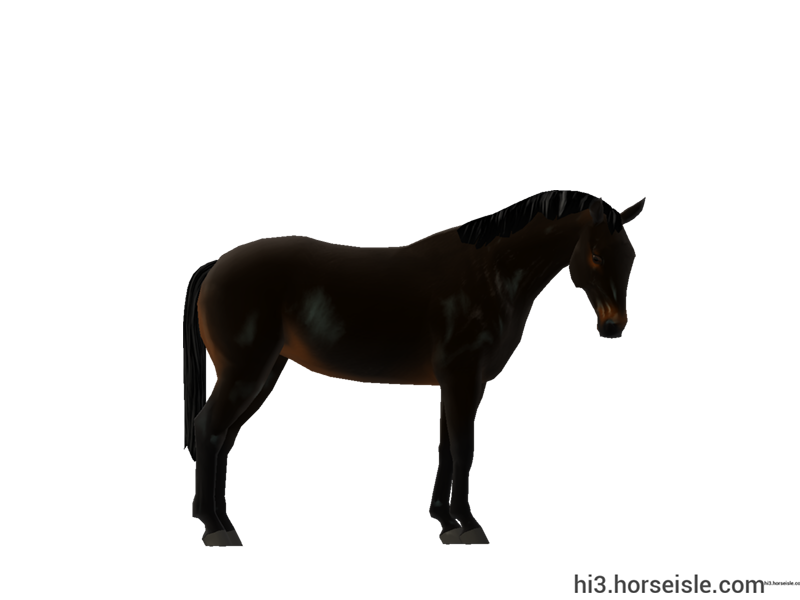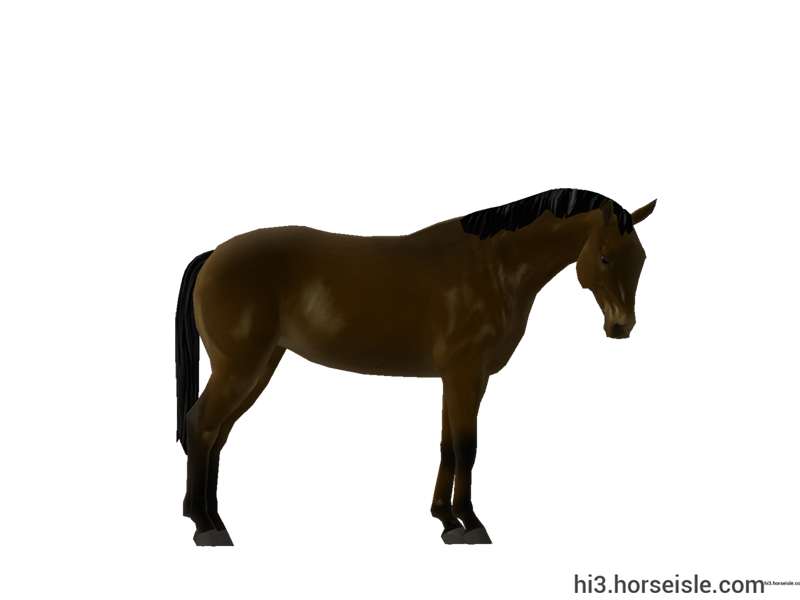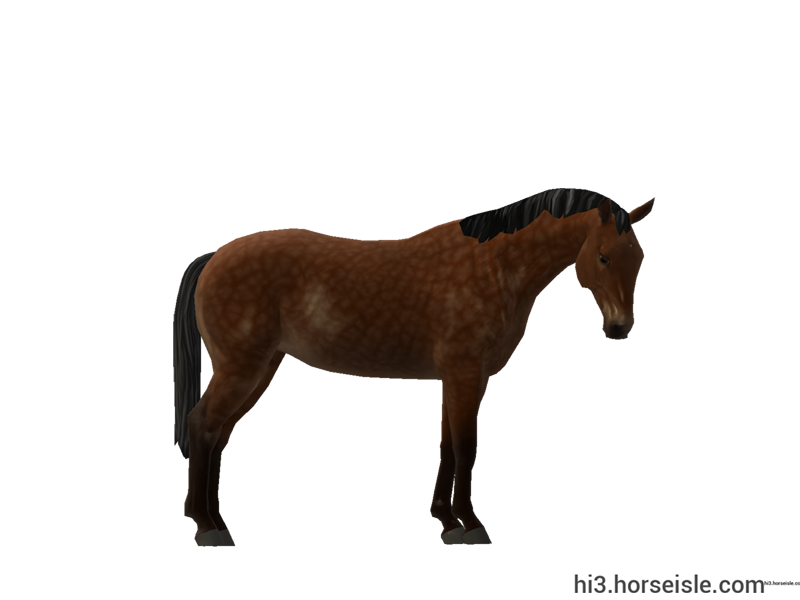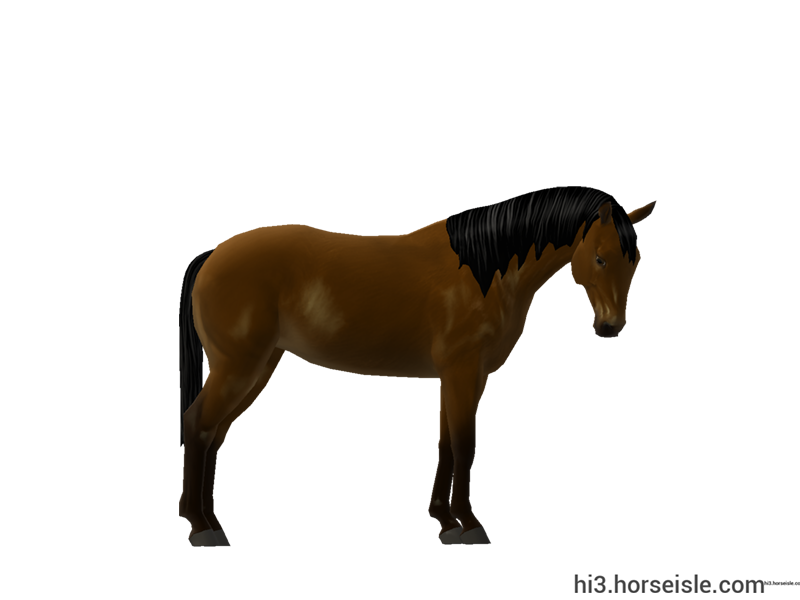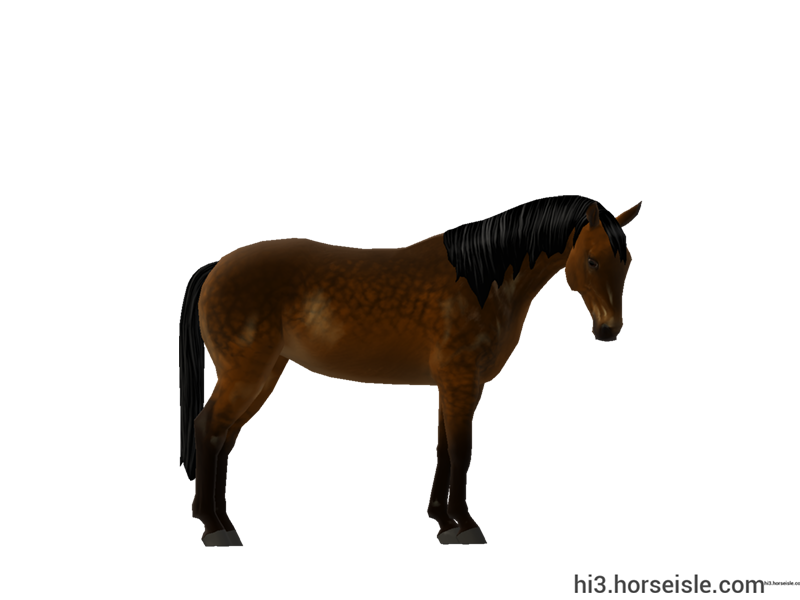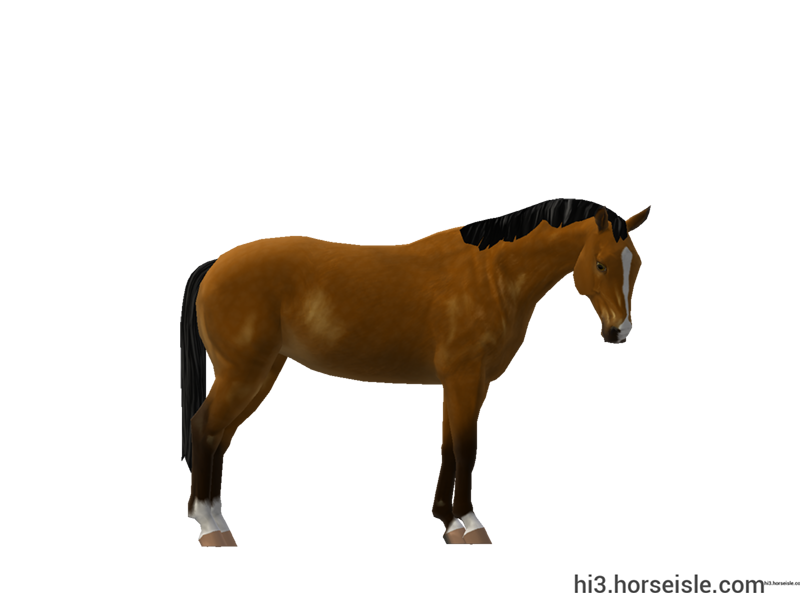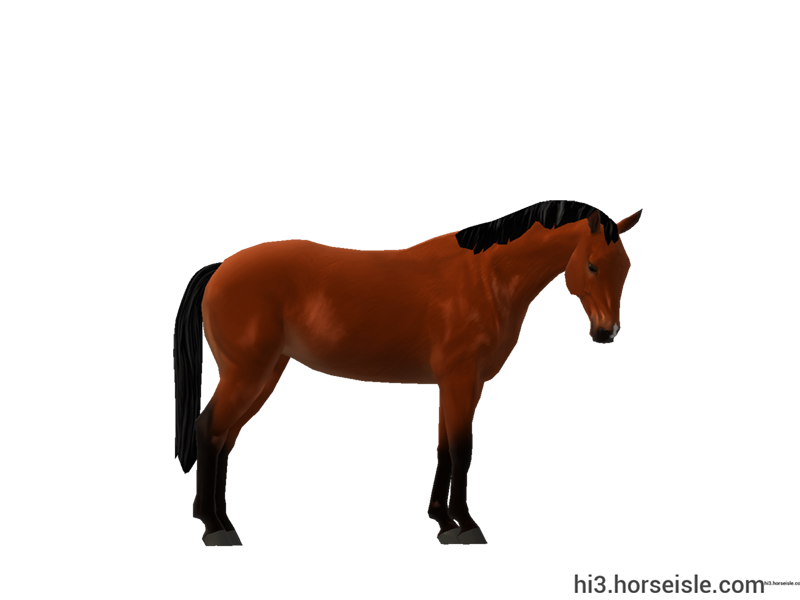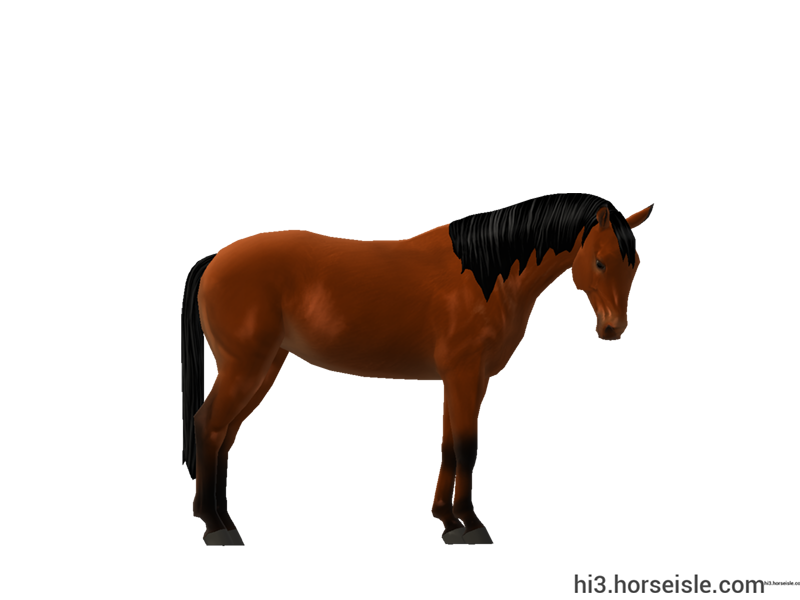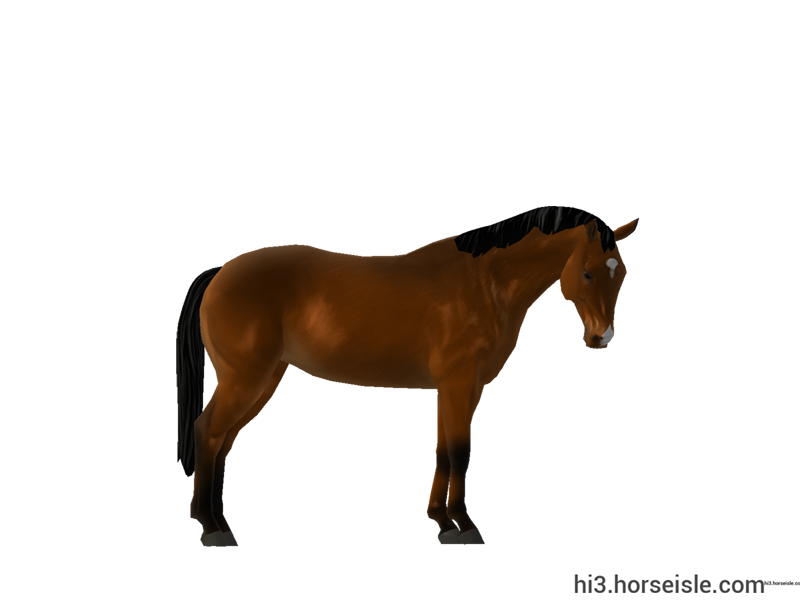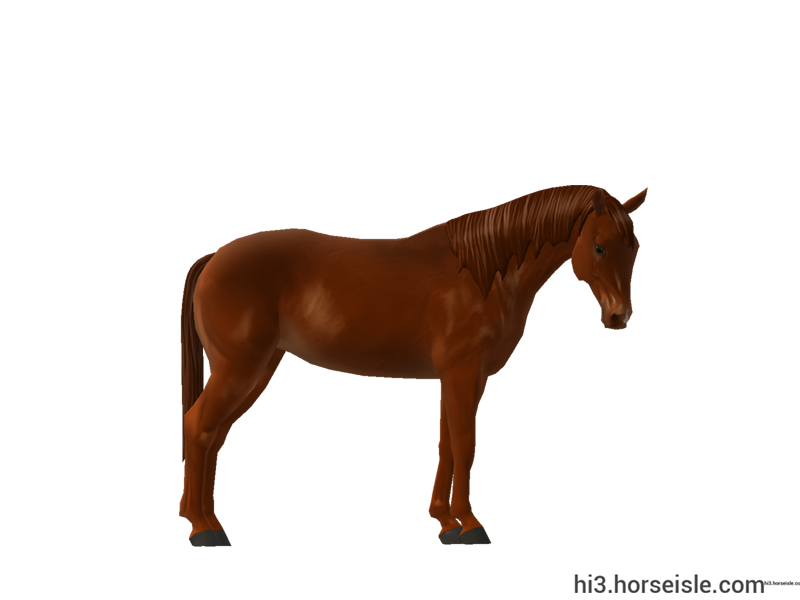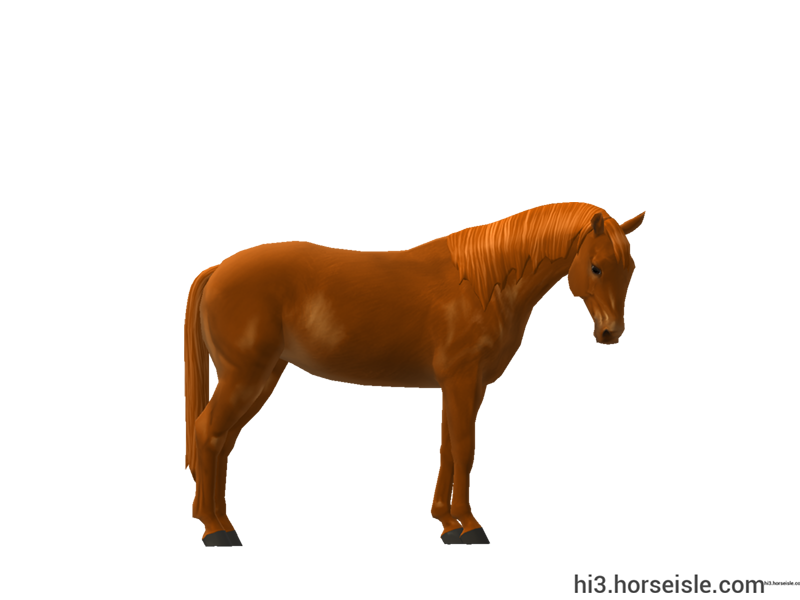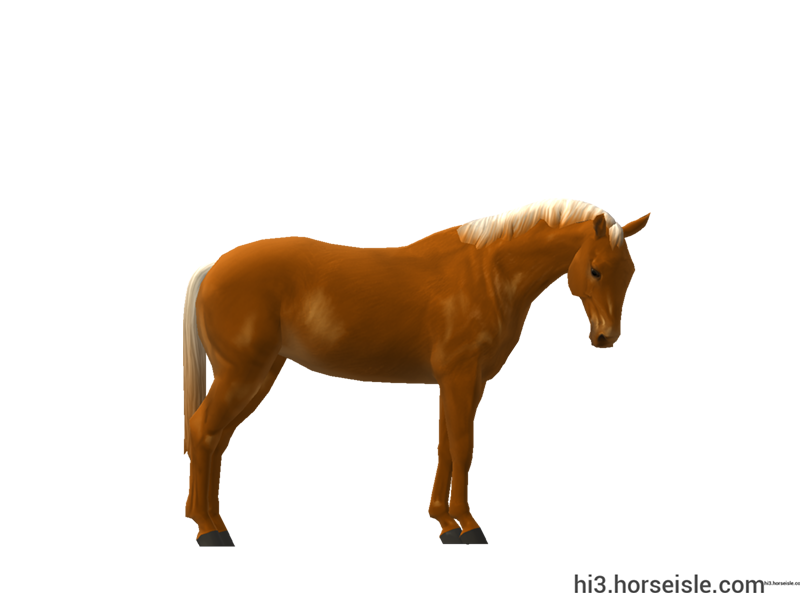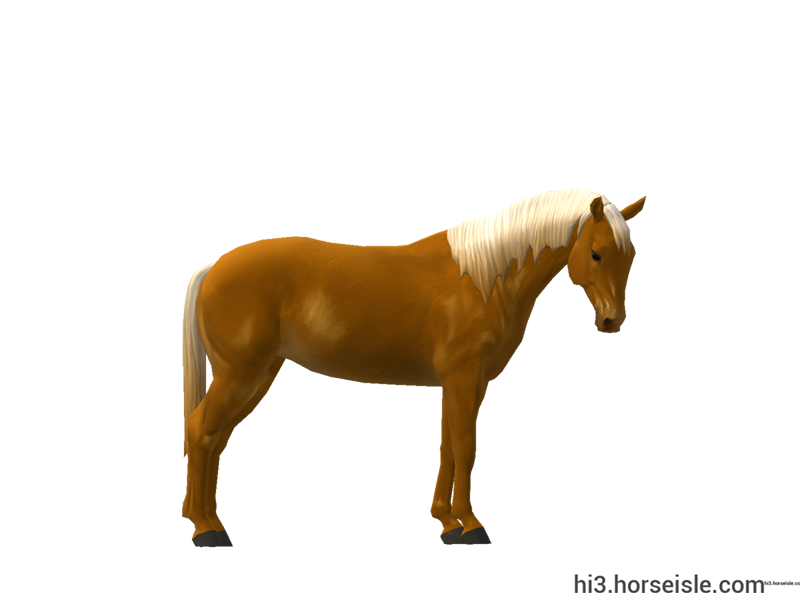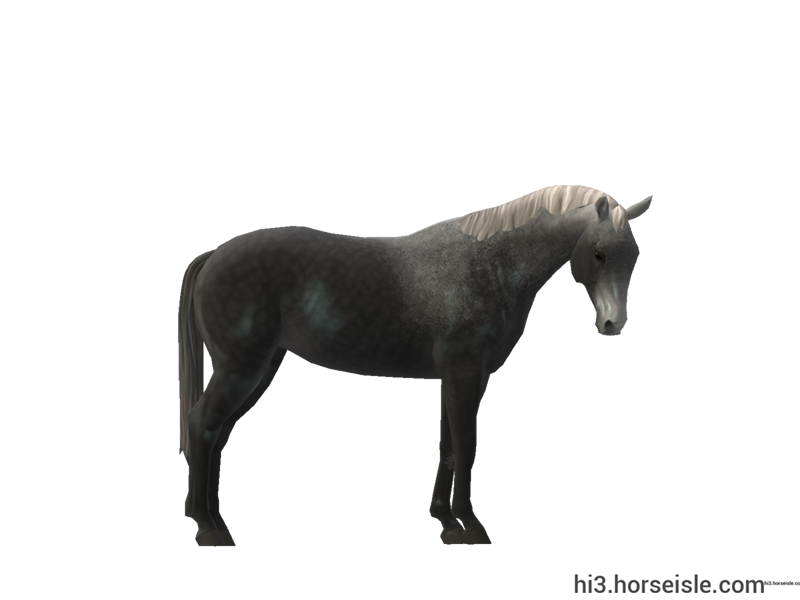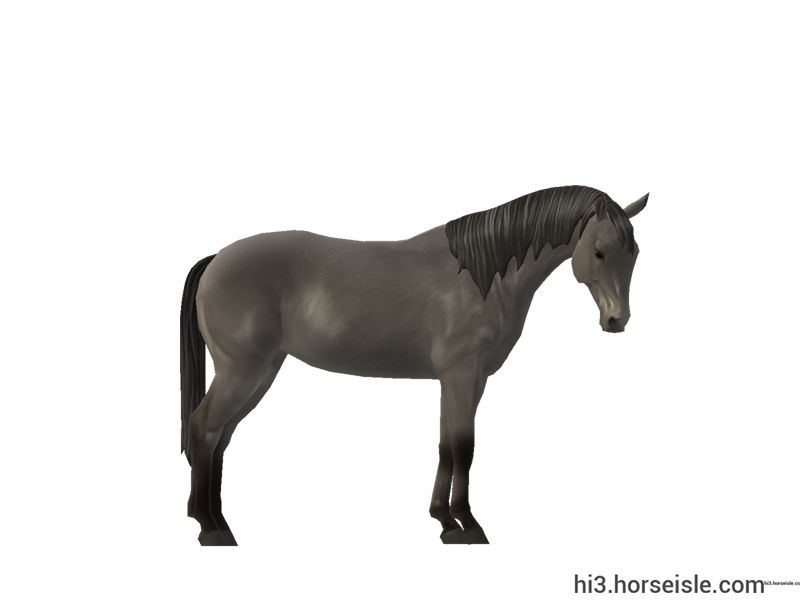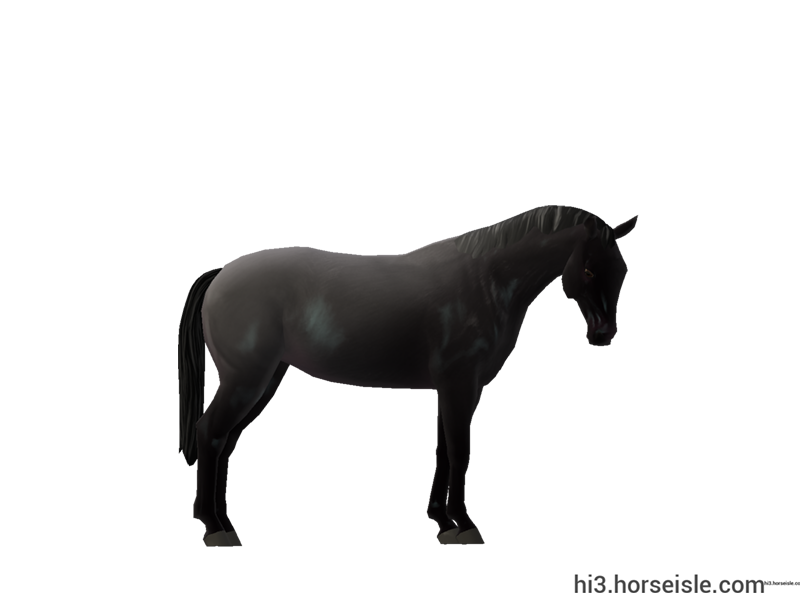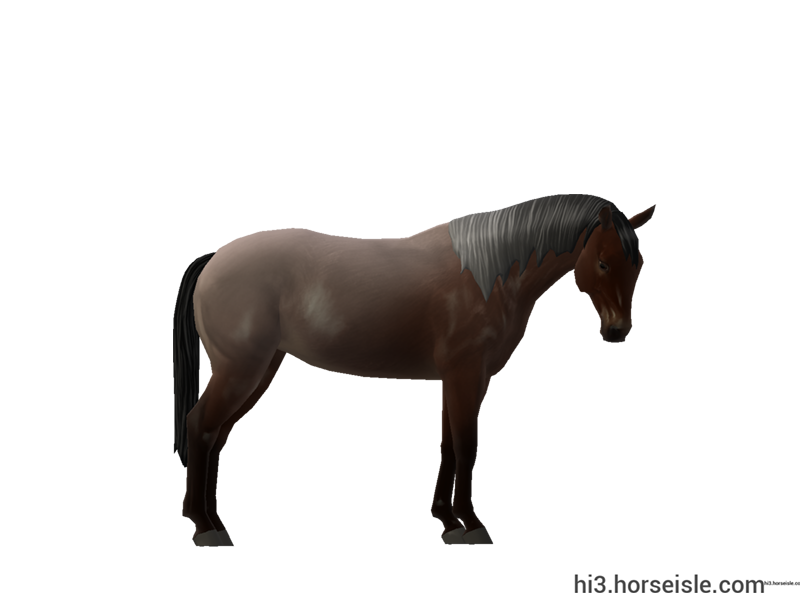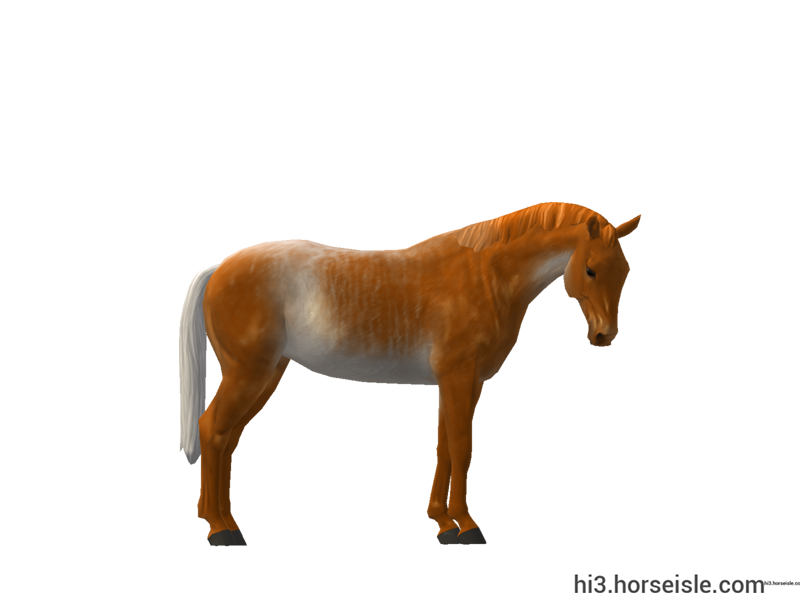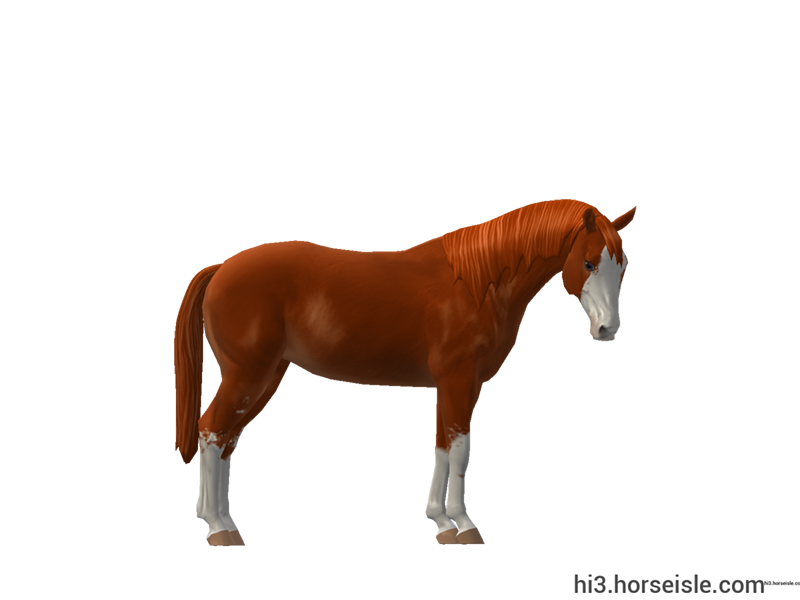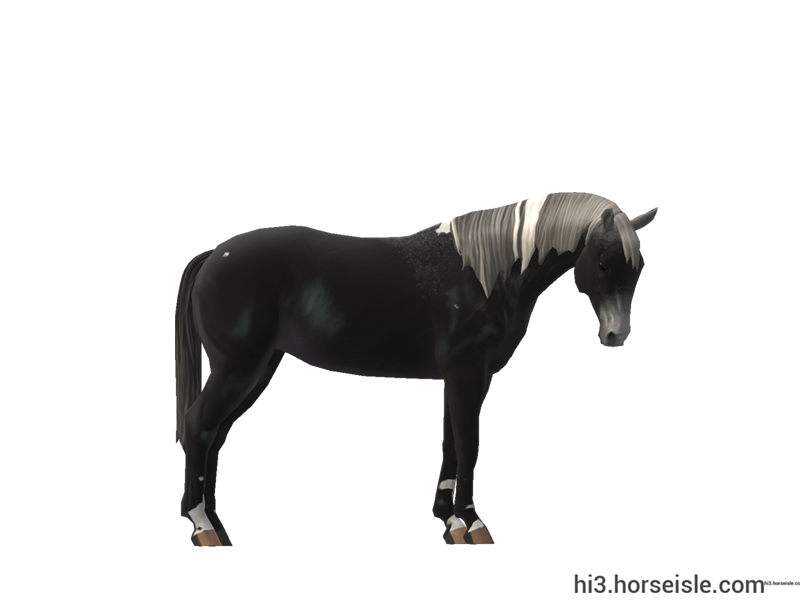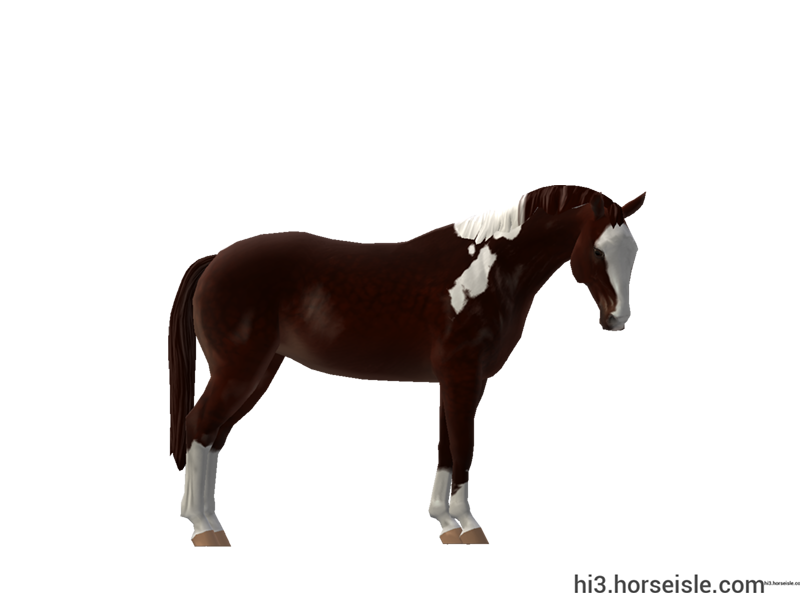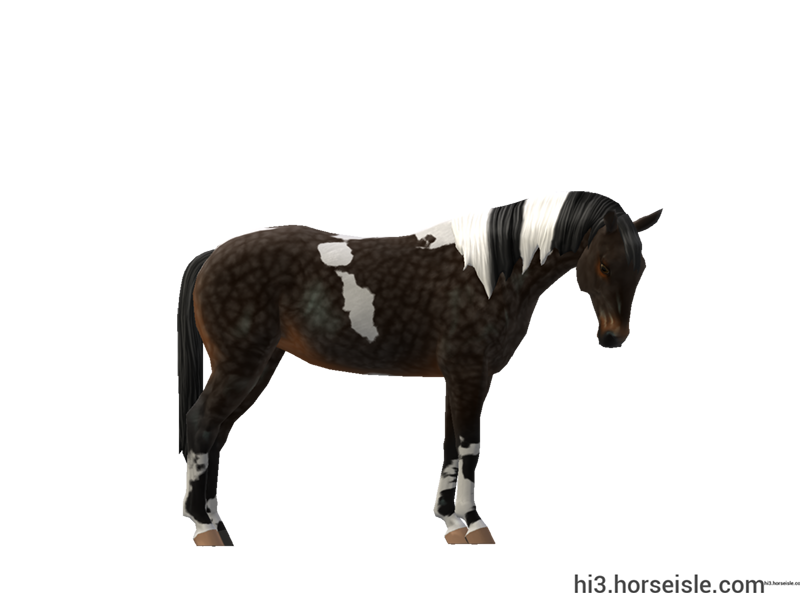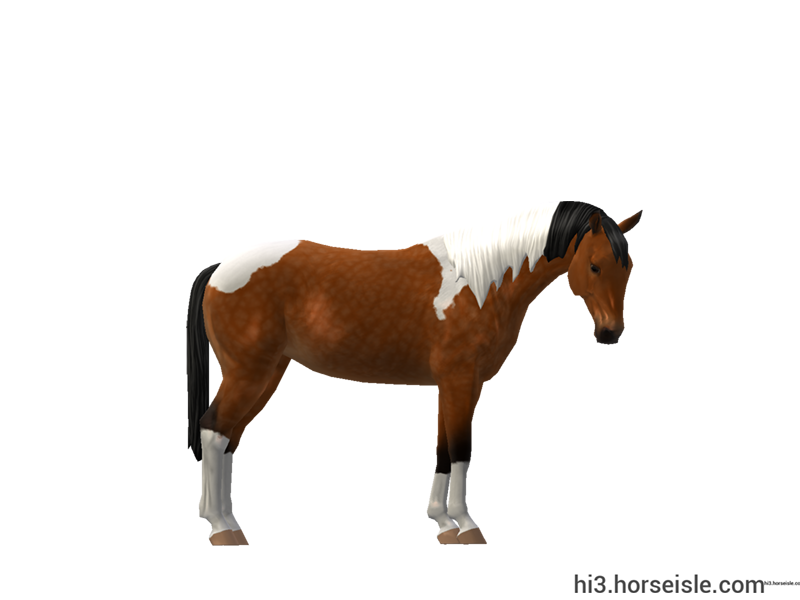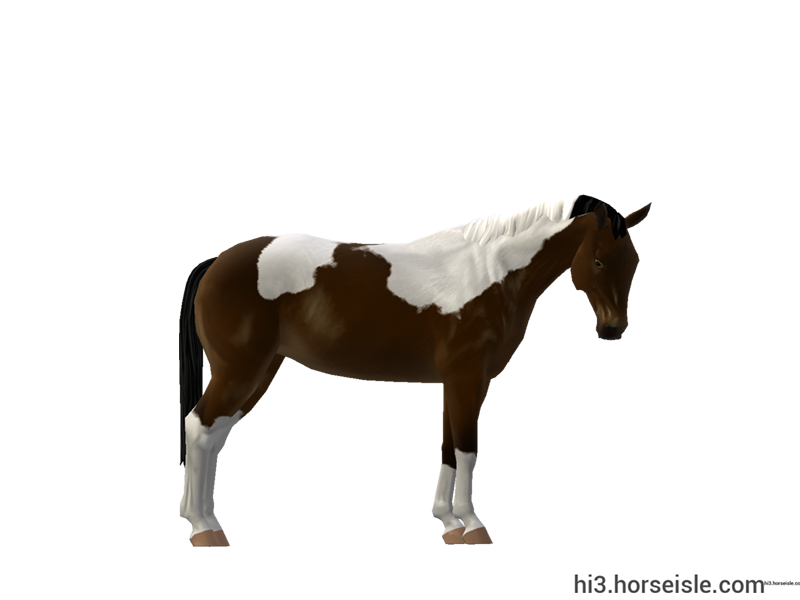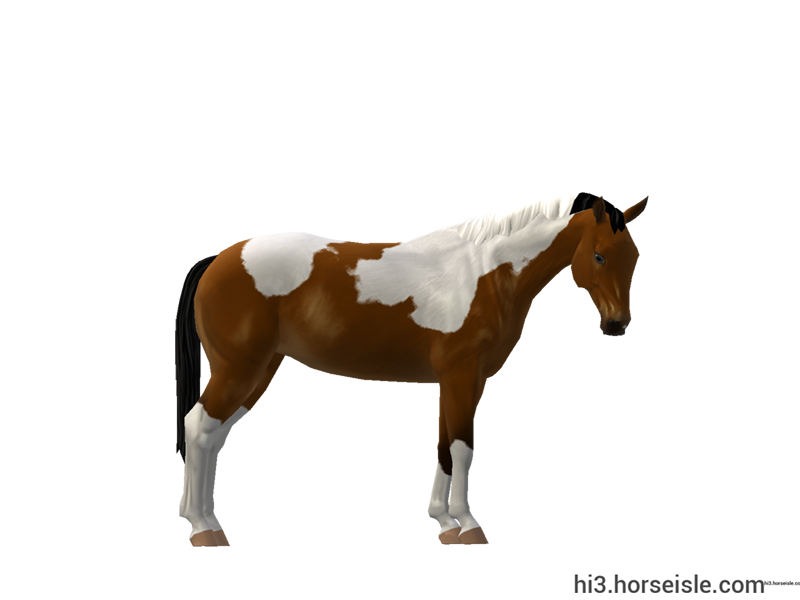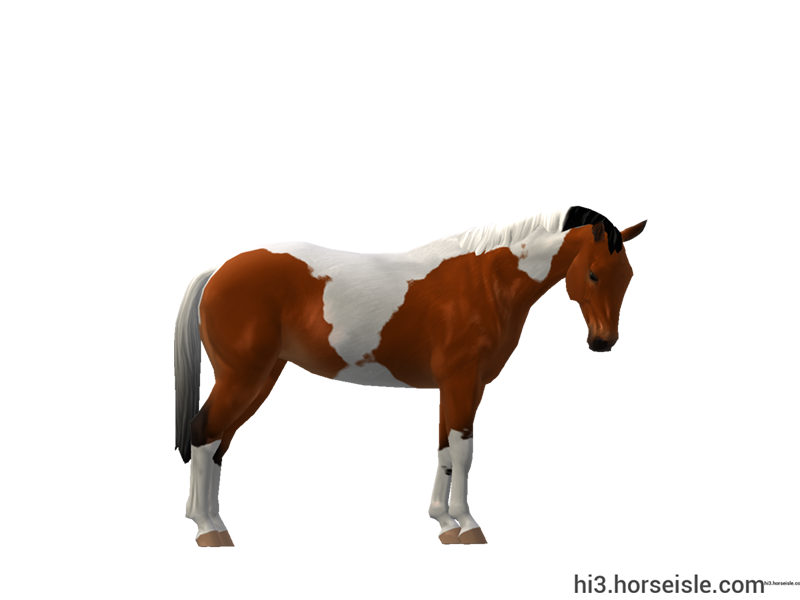Our Massive Real World Equine Reference!
[ INDEX ] Equine Type: Horse Breed: Trakehner (Trake) [ PREV ] [ NEXT ]
The birth of the Trakehner:
The story of the Trakehner began in 1732 Prussia, when King Frederick William I decided to start a breeding program for cavalry horses. To achieve this, he decided to build a new royal stud in Trakehnen, and to transport the best Thoroughbred, Arabian, and Turkmen horses to this new stud. After a few years of selective breeding, the Trakehner was born.
Improving the breeding program:
In 1787, Carl Heinrich Count von Lindenau was appointed to manage the breeding program for Trakehner horses in the stud. Lindenau wasn't pleased with the conformation of the horses, nor with their overall performance. Therefore, he decided to incorporate in the breeding program the blood of local horses as well as that of additional breeds.
In addition, he also improved the selection process and set higher acceptance criteria for stallions and mares. The new selection criteria were so severe, that most of the stallions that were in the stud at the time, together with a third of the mares, were removed from the breeding program.
The "Trakehner brand" and the official studbook:
In the following two decades, the stud was forced to evacuate a total of three times because of wars.
Nevertheless, the breeding of Trakehner horses continued, and starting from 1815 all of the Trakehner horses that were born in the royal stud were branded with the "Trakehner brand", which is still in use today. Sixty years later, in 1878, an official studbook was established.
Raising to fame:
World War I brought with it hard times to the breeders of Trakehner horses, who had to evacuate the stud yet again. The breeding program was put on hold until 1919, when both the breeders and the horses could return to the stud.
The next two decades brought with them great success to the breed because, during the 1920s and 1930s, Trakehner horses excelled in the Olympics and as well as other international competitions in dressage, show-jumping, and eventing.
The Trek:
Those happy years came to an abrupt end in World War II, especially in the winter of 1944, when residents in East Germany had to flee from the Russian army. This included the breeders of Trakehner horses, who harnessed their Traekhener horses to carts and wagons full of supplies, and set on to West Germany.
That journey, called "the Trek", tested the Trakehner horses to the extreme and, unfortunately, most of them died. At the end of the Trek, only 100 Trakehners were left, and thus one of the most widespread breeds in Germany came to the brink of extinction.
The Trakehner today:
After World War II ended, the Trakehner breed was re-established and regained fame worldwide as a sport warmblood.
Today, this popular breed serves for competing in international levels in show-jumping, dressage, and eventing, with the latter two being its specialty (based on 2020 and 2021 WBFSH rankings).
Breeding rules - a relatively pure sporthorse:
The studbook of the Trakehner breed is more "closed" than studbooks of other sport warmbloods, as it allows to cross Trakehner horses with only four other breeds: Thoroughbred, Arabian, Shagya-Arabian, and Anglo-Arab.
That said, at least one parent must be a Trakehner, meaning that the foal must have at least 50% Trakehner blood. Therefore, in Horse Isle, Trakehners have a closed studbook, meaning that crossbreeding a Trakehner with any non-Trakehner horse will result in a non-pure offspring.
More specifically, in Horse Isle, crossing a Trakehner with a Thoroughbred will result in an Anglo-Trakehner, while crossing a Trakehner with an Arabian or Shagya-Arabian will result in an Arabo-Trakehner (for more info see 'Anglo-Trakehner' and 'Arabo-Trakehner').
Conformation:
Trakehners are relatively light sport warmbloods. They have a light, slender head with large eyes and long, thin ears. An arched, light neck of medium or long length, prominent withers, a strong back, a slightly sloping croup, a broad chest, and long, slender legs.
The mane and tail are silky, and the mane is short or medium in length.
Performance metrics:
The following are the: range, average, (SD), and MOE of performance metrics of ordered Trakehners in Horse Isle (not bred ones). In rare cases,
Speed: 16.1-17.6, 16.9 (0.3), 0.06.
Sprint: 59-70, 64 (2), 0.45.
Accel: 0.94-1.14, 1.04 (0.04), 0.01.
Decel: 0.99-1.13, 1.06 (0.03), 0.01.
Jump: 5.31-5.57, 5.45 (0.05), 0.01.
Pull: 2.33-2.99, 2.59 (0.13), 0.02.
Turning: 58.46-70.96, 64.45 (2.75), 0.54.
Reverse: 3.1-3.6, 3.3 (0.1), 0.02.
Stamina: 52.76-56.93, 54.80 (0.94), 0.18.
Reaction: 0.66-0.76, 0.71 (0.03), 0.00.
Coats & Height:
Colors: usually bay, brown, black, chestnut, or grey. Less often, cream-dilutes.
Breeding note: the colors of dominant-black and dominant-white don't naturally exist in this breed, but can be bred into it.
Additionals: flaxen, rabicano, roan, sooty, all rare patterns.
Pinto: The coat is usually solid, but can also be tobiano, white-spotted sabino, splash, or frame-overo, with the latter two being extremely rare.
Height: 15.3hh to 17hh.
[ INDEX ] [ PREV ] [ NEXT ]

